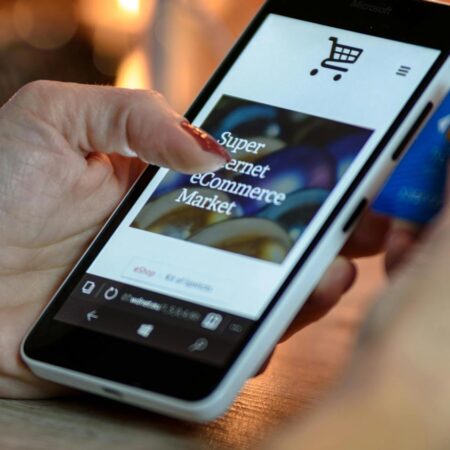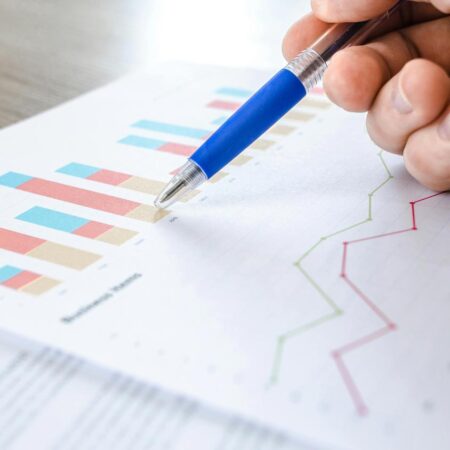Conversion is king in digital marketing. It is the Holy Grail that everyone seeks, the goal that defines the success of any campaign. To achieve this much-desired goal, the conversion funnel is your map, guiding customers on their journey from their first contact with your brand to their final action.
But pay attention! Just as a map can have winding paths and dead ends, the conversion funnel can also present obstacles that prevent your customers from reaching their destination. It's up to you, as an experienced guide, to analyze each stage of the funnel, identify pain points and optimize the route to ensure your visitors reach their desired destination: conversion.
With a thorough analysis of the funnel, you will uncover the secrets of your audience's behavior, understand the reasons why they abandon the process and implement effective strategies to increase your conversions. Get ready to unlock the mysteries of the conversion funnel and master the art of converting visitors into customers!
Uncovering the Funnel: Essential Steps and Metrics
Mastering the art of conversion involves first understanding the terrain we are exploring. The conversion funnel, in essence, represents the different stages a customer goes through in their purchasing journey. Each step requires a specific approach and analysis of the right metrics to ensure the flow is constant and free of obstacles.
The steps of the conversion funnel, like steps on a ladder, lead the customer towards conversion:
- Awareness: the customer discovers your brand and your product/service. It is the first step, where curiosity is awakened.
- Interest: the customer shows interest and seeks more information. Want to know more about what it offers and how it can help you.
- Desire: the customer considers the purchase and compares options. The desire begins to emerge, but the decision has not yet been made.
- Action: the customer makes the desired purchase or action. It is the top of the ladder, the final achievement.
To analyze each step of the funnel, we need accurate measurement tools. Metrics are our analysis instruments, revealing the performance of each phase and guiding our decisions:
- Traffic: number of visitors arriving on your website or landing page. It's the flow of people starting the journey.
- Conversion Rate: percentage of visitors who perform the desired action at each stage. Measures the effectiveness of each step on the ladder.
- Bounce Rate: percentage of visitors who leave the site after viewing just one page. Reveals whether the first step is inviting.
- Dwell Time: average time that visitors spend on your website. Indicates the level of interest and involvement.
- Pages per Visit: average number of pages viewed by each visitor. Shows the depth of exploration of your site.

Identifying Bottlenecks: Where Does the Customer Journey Hit Obstacles?
With the metrics in hand, it's time to start shipping and map the funnel's pain points. Where are your customers encountering difficulties? Where does the journey become complex and lead them to give up?
- Sudden drops in conversion rate: signal an obstacle that prevents progress to the next stage.
- High bounce rates: indicate that the first impression was not good and visitors do not feel motivated to continue.
- Short dwell time: suggests that visitors are not finding what they are looking for or that the experience is not captivating.
Optimizing the Funnel: Paving the Way to Conversion
After identifying the obstacles, it's time to act and remove the stones from the path. How can we make the customer journey smoother and more enjoyable, leading them seamlessly to conversion?
- Optimize your landing pages: make them clear, concise and focused on conversion, like a well-signposted path.
- Improve user experience: create an easy-to-navigate website with intuitive design and relevant content, like a thoughtful tour guide.
- Create quality content: answer your audience's questions and needs with valuable and relevant information, like a map that reveals treasures.
- Use clear and persuasive calls to action (CTAs): guide visitors toward the desired action, such as signs pointing in the right direction.
- Implement A/B testing: Try different approaches to find out what works best, like an explorer testing different paths.
- Segment your audience: create personalized campaigns for each type of visitor, like a guide that adapts your speech to each group.
- Offer support and assistance: Be available to answer questions and help your customers, like a helpful travel companion.
Conversion funnel analysis is a constant search for improvement. By monitoring your metrics, identifying pain points, and implementing the right strategies, you will be able to optimize your funnel, increase conversions, and achieve success in your business.













No Comment! Be the first one.